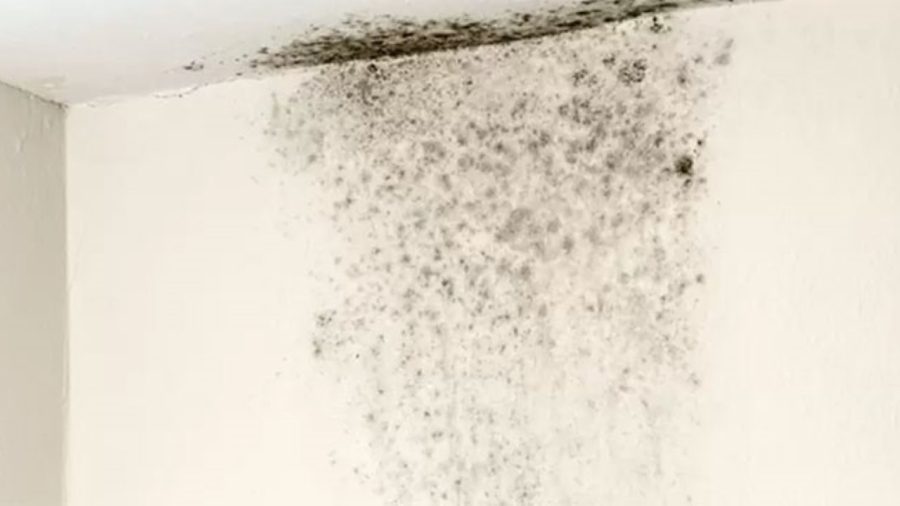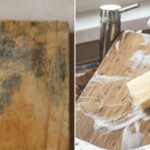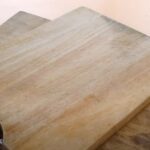Here are some simple and effective ways to treat damp and moldy walls.
Use alcohol
Alcohol is a great disinfectant, so you can use it to sterilize any necessary items.
If your wall has a small area affected by mold, you can use alcohol to clean and remove it.

Get rid of mold with alcohol
Vinegar and Baking Soda
Mix equal parts baking soda and vinegar, then apply the paste to the moldy area with a brush. Leave it on for 10-15 minutes before rinsing with clean water, effectively removing the mold.
Fresh Lemon
Lemons are rich in citric acid and make for an excellent natural cleaner. Rub a lemon or use lemon juice on the moldy areas, then scrub with a brush and wipe clean with a cloth.
Soap and Water
Dilute soap with water in a 1:3 ratio and use a brush to scrub the moldy wall. Then, rinse it off. This method is best for mild cases of mold, as it may not be effective for severe infestations.
How to Prevent Mold on Walls
To prevent mold on your walls, try these simple tips:
– Use anti-mold paint to prevent moisture infiltration and subsequent mold growth.
– Disinfect and clean your walls regularly with a spray bottle filled with a disinfectant solution.
– If possible, use dehumidifiers like air conditioners or dedicated dehumidifying machines to reduce moisture in the air, creating an environment less conducive to mold growth.
Regular wall cleaning and maintenance are essential to keeping your walls mold-free.
The Ultimate Guide to Cutting Board Care: Sun, Boil or Sterilize?
For moldy cutting boards, timely cleaning is essential to maintain hygiene. It is crucial to address the issue promptly to prevent the spread of mold and bacteria, which can be detrimental to your health. Effective cleaning methods include using a mild detergent or a mixture of vinegar and water, followed by thorough rinsing and drying. Regular maintenance and prompt action are key to keeping your cutting boards sanitary and safe for food preparation.





































